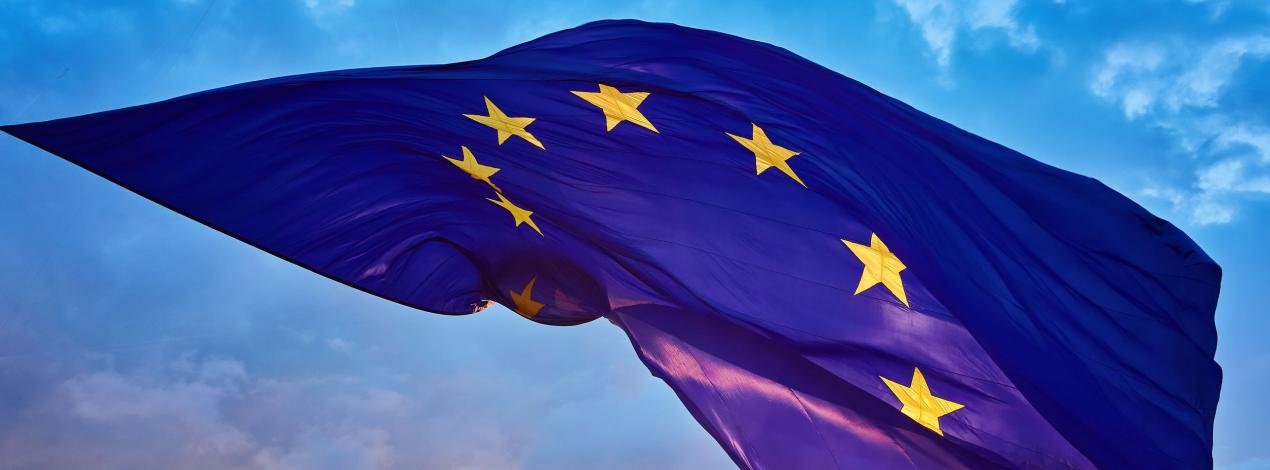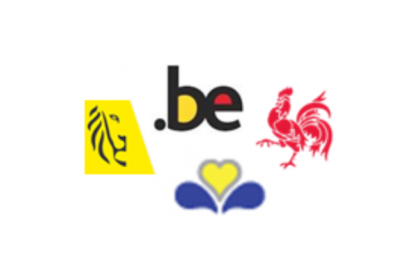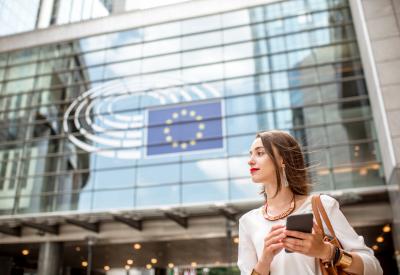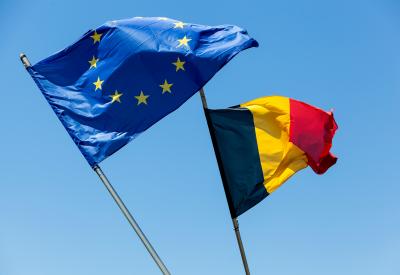Target
e-Invoicing 101Theme
Business developmentSince 2005, Europe has rolled out a very extensive programme of measures in support of e-Invoicing.
This programme of measures is in line with Europe's policies for promoting single market, more specifically the Digital Single Market.
e-Invoicing, and e-Procurement more generally, leads to significant efficiency gains for public procurement policies. It not only makes it possible to automate administrative tasks but also has the potential toexpand the market and improve competition between economic actors. The result? Better purchasing conditions for contracting authorities.
It all started in 2007
That was the year when, following preparatory work, the Commission set up a group of European e-Invoicing experts: the Expert Group on e-Invoicing. Its mission? To study the different aspects of e-Invoicing and issue recommendations on its widespread application throughout Europe.
On the basis of this Group's report, published in 2009, and following a public consultation, at the end of 2010, the Commission published Communication 712, “Reaping the benefits of electronic invoicing for Europe”. It estimated that the efficiency gains of a systematic migration to e-Invoicing on a European scale would amount to €240 billion over 6 years. It also highlighted the issue of fragmentation of e-Invoicing solutions..
The European e-Invoicing Forum
This is when the EMSFeI, the European Multi-Stakeholders Forum on eInvoicing came onto the scene. Established in the wake of this communication, its mission was to issue advice and recommendations to guide Europe’s e-Invoicing initiative.
Its main recommendation was to require European contracting authorities to receive the electronic invoice in a standard format, defined at European level. This would later lead to Directive 2014/55/EUand the introduction of the European Standard as the common denominator at European level.
Initially set up for a 3-year period, the EMSFeI’s remit has been extended twice. Its third period expires in October 2020.
PEPPOL
In 2008, Europe launched a series of large-scale pilot projects as part of the digital agenda for Europe 2020. These included PEPPOL, the Pan-European Public Procurement On-Line.
For 3 years, 11 countries and many private operators worked together on the definition of a framework to overcome the obstacles to the widespread use of public e-Procurement and to test itsfeasibility in a pilot project..
Since 2012, this governance model has been deployed across Europe and is even being applied in non-European markets such as Singapore, Australia and New Zealand.
Find out everything you need to know about PEPPOL here.
Directive 2014/55 and the European Standard
In 2014, Directive 2014/55 was adopted. It implements one of the main recommendations of the EMSFeI: to make the receipt and processing of electronic invoices compliant with the European Standard compulsory for European contracting authorities. It also issued the mandate for defining this standard.
The drafting of the Standard was completed in July 2017. The reference to the Standard was published in the Official Journal of the EU on 17 October 2017.. The requirement was scheduled to come into force on 17 April 2019, 18 months later.
The CEF Program
Managed by the European Commission, the program “Connecting Europe Facility (CEF)” offers support for the uptake of building blocks that are critical to the digital single market. The eInvoicing building block provides useful information and services to support the adoption of the European Norm on eInvoicing. A source of information is the structured presentation of each country, including the Belgian country page.
Paving the way for SMEs
The requirement for contracting authorities to be able to receive and process electronic invoices structured according to the European Standard significantly increases the potential of the e-Invoicing market.
It paves the way for the development of e-Invoicing solutions for SMEs, since they were facing the same obstacles as public authorities in their adoption of e-Invoicing. To learn more about these obstacles, see the article “Who is concerned by e-Invoicing?”.








